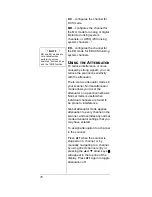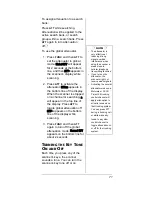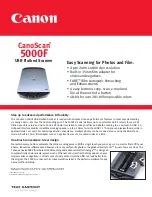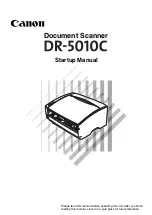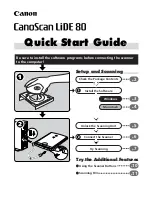
84
data to follow activity on the
talkgroups you wish to monitor.
Traditional conventional radio
systems operate using a single
radio frequency for each group of
radio users, and in some cases,
multiple groups sharing the same
radio channel in the same
geographical area. This frequently
results in heavy traffic and often
requires that radio users wait long
periods for the frequency to clear
before they can place their calls.
Trunked systems allow large
groups of radio users to use radio
frequencies more efficiently.
Instead of selecting a specific
frequency to transmit on, a
trunked system chooses one of
several frequencies when the 2-
way radio user transmits. The
system automatically transmits the
call on that frequency, and also
sends a code that identifies that 2-
way radio user’s transmission on a
control channel.
Ô
Your scanner lets you easily hear
both the call and response
transmissions for that 2-way radio
user and therefore follow the
entire conversation. For Motorola,
APCO-25 and EDACS trunking
systems, the scanner monitors the
control channel between each
transmission to determine active
talkgroups.
Your PRO-96 automatically
calculates Motorola and APCO-25
trunking system voice channel
frequencies while decoding the
control channel. This eliminates
the need to enter all the Motorola
system frequencies.
Ô
NOTES
Ô
To receive trunking
signals from a trunked
radio system, you must:
•
Store all the trunking
control frequencies
for Motorola or
APCO-25 systems in
one channel storage
bank, or
•
Store all the trunking
system frequencies
for EDACS in one
channel storage
bank, and
•
Configure the
channel storage bank
ID list for the type of
trunking system
being monitored, and
•
Enter ID codes into
the ID memory for
the bank
•
For detailed trunked
system programming
instructions, see
“Programming
Trunked Systems” on
Page 32 and “Storing
Talkgroup IDs” on
Page 38
.
Summary of Contents for 20-526
Page 122: ...122 NOTES ...
Page 123: ...123 NOTES ...

